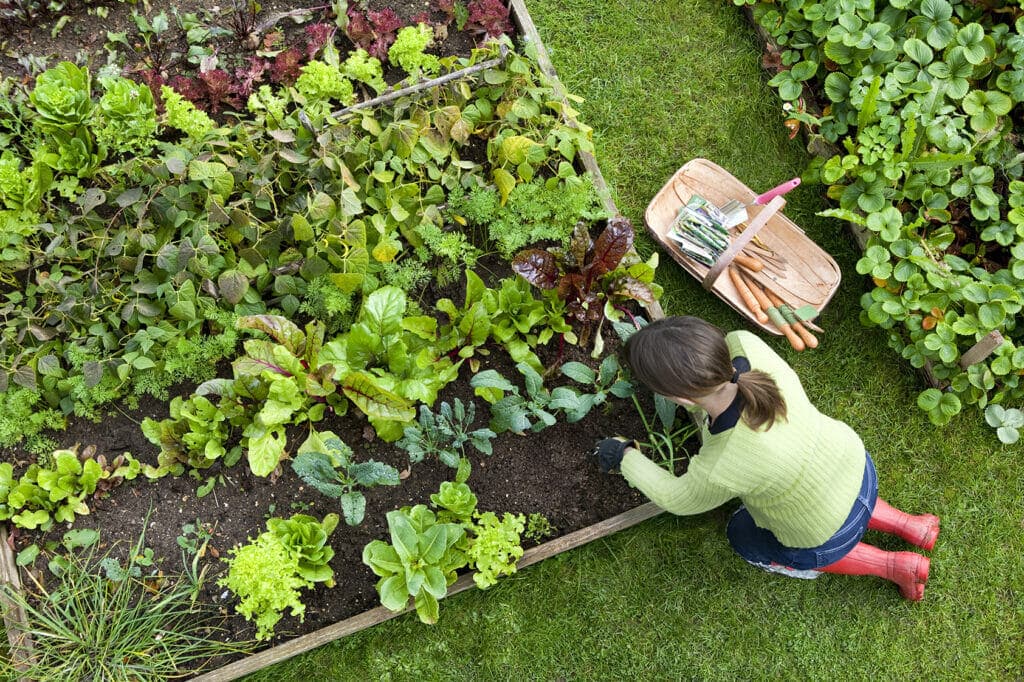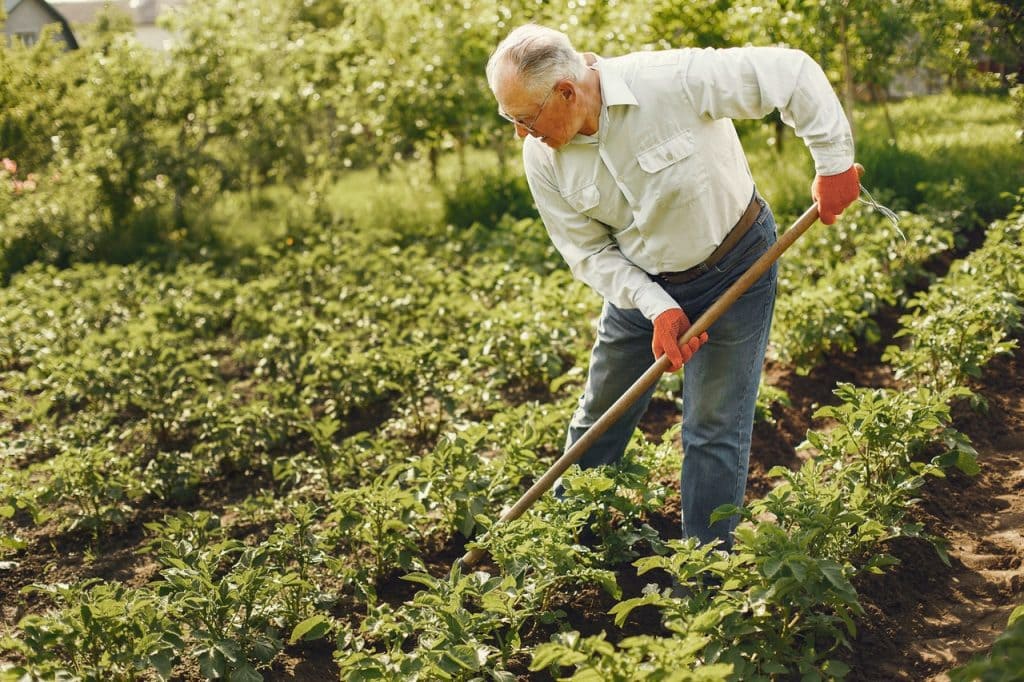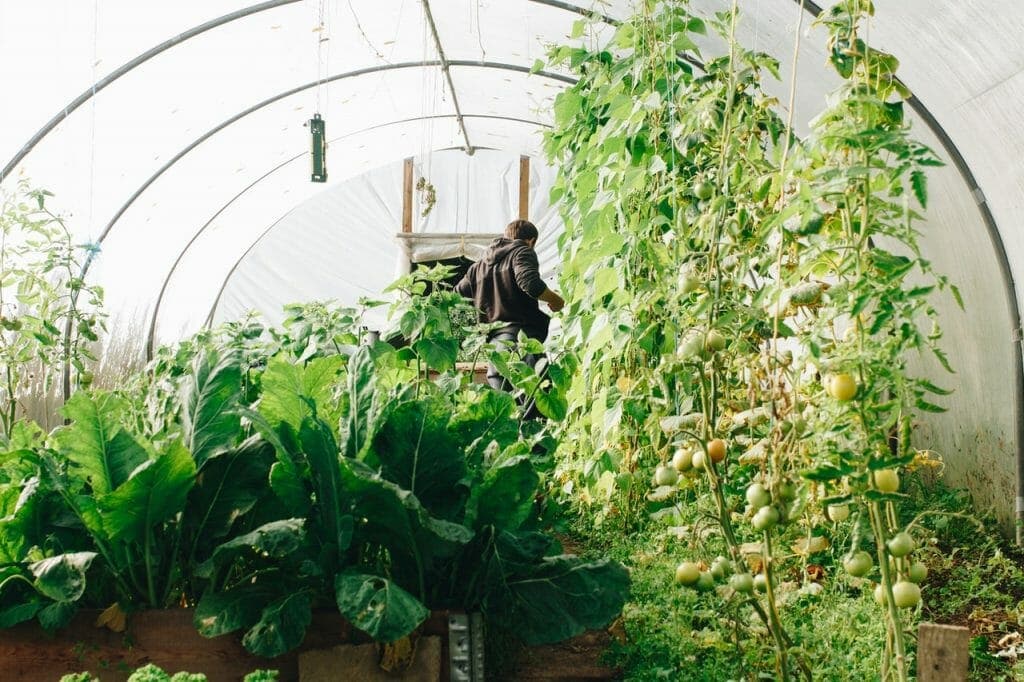For many of us, the kitchen is the heart of the home. It’s where we gather to cook, eat, and socialize. So why not bring the kitchen outdoors? An outdoor kitchen garden is a great way to enjoy the best of both worlds – fresh air and sunshine, with all the conveniences of indoor cooking.
Once you have a plan in place, it’s time to start planting! Herbs are a great place to start, since they’re relatively easy to grow and can be used in many different dishes. However, don’t be afraid to experiment – there are no rules when it comes to an outdoor kitchen garden. So go ahead and mix and match until you find a combination that works for you. With a little planning and attention, you can enjoy Fresh air, delicious food, and good company – all right in your own backyard!
Beginner’s Guide to Outdoor Kitchen Gardens
If you love to cook and incorporate fresh produce into your meals, it is time to start your own outdoor kitchen garden. Imagine being able to walk out your door and pick some ripe tomatoes along with herbs and other vegetables. Getting started may be easier than you think. Here are some tips for beginners looking to grow their first kitchen garden.
Choose the Right Location for Your Garden
You will want to choose a spot that gets plenty of suns since most vegetables will need 6-8 hours of sun per day to grow. Next, be sure to remove any rocks from the soil and make sure that water can drain properly. If the plants end up sitting in water, their roots can rot. Your garden will also need plenty of nutrients, so you should add lots of organic matter to where you will be planting.
Choose Easy Vegetables to Start
While you want to choose vegetables that your family will actually eat and enjoy, you can also take into consideration which vegetables are easier to grow. This will help you learn and enjoy your garden even as a beginner. Here are some good vegetables that are more resilient and less temperamental than others.
- Peppers
- Tomatoes
- Green beans
- Carrots
- Peas
- Radishes
- Lettuce
- Beets
- Zucchini
Do Some Pest Control
To naturally repel pests, plant some marigolds with your vegetables. These flowers will also add some color to your garden. You may also want to visit your local garden store and explore other pest treatments so that insects don’t eat your plants before you have a chance.
Do Some Research
Different plants need to be planted at different times of the year. They will also require different spacing so that they don’t end up crowding each other and fighting for resources. When you purchase seeds and seedlings, the packaging should include information and when and where to plant, but it is also a good idea to do your own research.
Work with a Professional
If you want your first garden to be a success, consider working with an experienced landscaper who can test your soil, make plant recommendations, and help you with the planting process.



